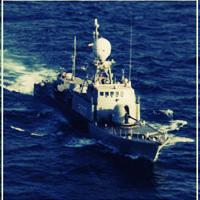ورود به حساب کاربری جهت پیگیری مطلب
دنبال کننده های
0

آشنایی با انواع رادارها
توسط
Electro_officer, در در رادارهای زمینی
امتیاز دادن به این موضوع:
-
مرور توسط کاربر 0 کاربر
هیچ کاربر عضوی،در حال مشاهده این صفحه نیست.

